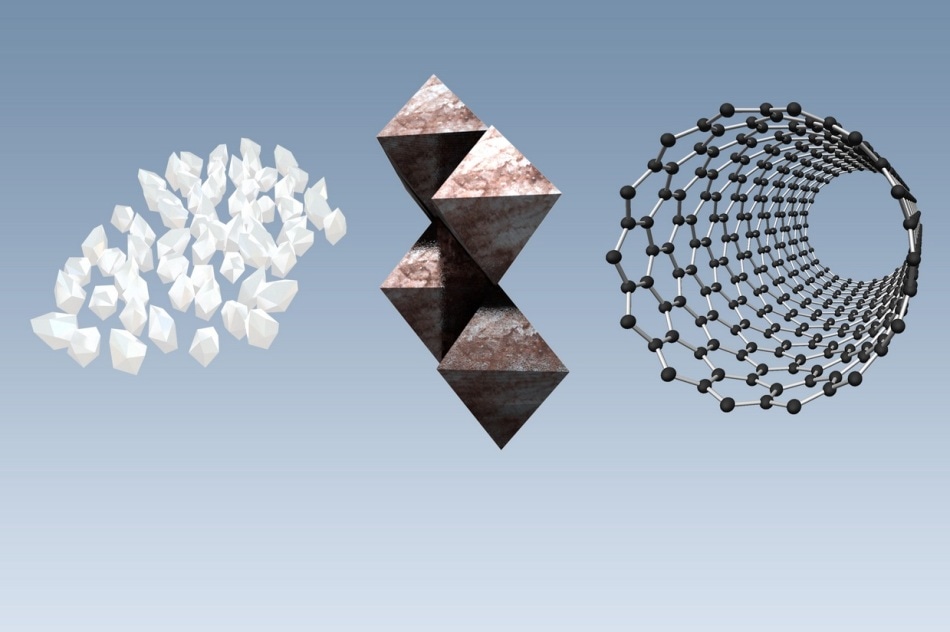May 2 2018
 Researchers propose a new method for nanomaterial selection that incorporates environmental and functional performance, as well as cost. (Image credit: Steve Geringer)
Researchers propose a new method for nanomaterial selection that incorporates environmental and functional performance, as well as cost. (Image credit: Steve Geringer)
Engineered nanomaterials show a lot of potential for medicine, water treatment, electronics, and other fields. But when developed without crucial information about environmental impacts at the beginning of the process, the materials’ long-term effects could destabilize those advances. As a part of a Yale-led project, a team of researchers aim to change that.
In a research paper published recently in Nature Nanotechnology, Yale researchers provide a framework of a strategy to give materials designers the tools they need to make the required assessments efficiently and at the beginning of the design process.
Engineers traditionally concentrate on the utility and cost of their products. Without the information to ponder long-term environmental impacts, though, it is tough to foresee opposing effects. That lack of information means that unintentional consequences mostly go unobserved until long after the product has been sent to the market. This can result in hurriedly replacing the material with another that proves to have similarly bad, or even worse, effects. Possessing materials property information at the beginning of the design process could transform that pattern.
As a researcher, if I have limited resources for research and development, I don’t want to spend it on something that’s not going to be viable due to its effects on human health. I want to know now, before I develop that product.
Julie Zimmerman, Professor, Chemical and Environmental Engineering, Yale
In that regard, the scientists have created a database that acts as a screening tool for environmentally sustainable material selection. It’s a chart that lists nanomaterials and evaluates each for properties such as shape, size, and such performance features as antimicrobial activity and toxicity. Mark Falinski, a PhD student and the study’s lead author, said this information would allow researchers to weigh the various effects of the material prior to actually creating it.
“For instance, if I want to make a good antimicrobial silver nanoparticle and I want it to require the least amount of energy possible to make it, I could look at this materials selection strategy,” he said.
The database is also intended to allow researchers to enter their data and make the chart stronger. The team said the project is a call to action to both environmental and materials researchers to prepare the data necessary to aid sustainable design selections.
While materials selection is a well-established process, this framework offers two important contributions relevant to designing tomorrow’s products. It includes engineered nanomaterials alongside conventional alternatives, as well as providing human health and environmental metrics for all materials.
Leanne Gilbertson, Assistant Professor, Civil and Environmental Engineering, University of Pittsburgh Swanson School of Engineering
Desiree Plata, John J. Lee Assistant Professor of Chemical and Environmental Engineering and co-senior author, said they want to give engineers the means to avoid unintentional consequences while producing materials.
I think engineers of all categories are hungry for this type of information. They want to build materials that solve major crises of our time, like access to food and water and sustainable energy. The problem is they have no way to assess that sustainability in a quick and easy fashion. The article published today seeks to overcome that challenge and pave the way for sustainable nanotechnologies.
Desiree Plata, John J. Lee Assistant Professor, Chemical and Environmental Engineering, Yale
The authors of the study also include Shauhrat S. Chopra and Thomas L. Theis of the University of Illinois at Chicago.